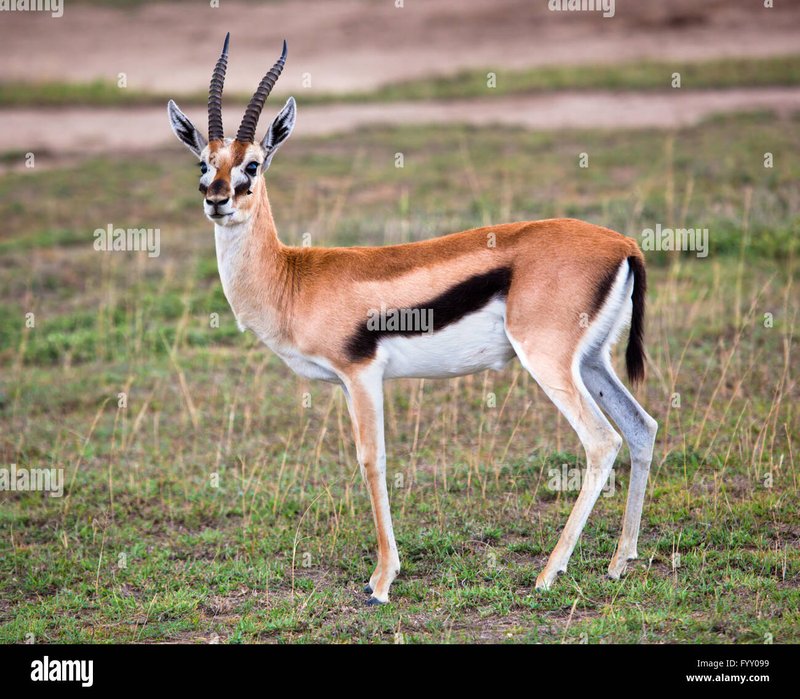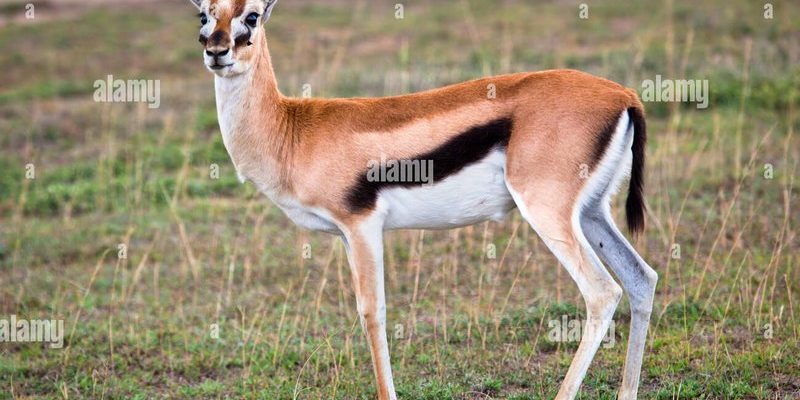
In the vast tapestry of world traditions, the gazelle often represents qualities such as grace, agility, and elegance. These traits resonate in stories, poetry, and art, reflecting not only the animal itself but also the values and beliefs of the cultures that revere it. Let’s dive into how the gazelle is depicted across different cultures and what these representations reveal about human nature and connection to the natural world.
The Gazelle in African Folklore
In many African cultures, the gazelle is more than just wildlife; it’s a central figure in folklore and storytelling. For instance, among the Maasai people of Kenya and Tanzania, the gazelle symbolizes strength and endurance. They often speak of gazelles in tales that emphasize bravery and survival in the face of adversity. Picture a young Maasai warrior, listening intently to his elder recount tales of how gazelles outmaneuver predators, surviving through their speed and agility. This isn’t just appreciation for the animal; it’s a metaphor for resilience, teaching values of cleverness and swift action.
Furthermore, gazelles frequently appear in traditional African proverbs. Take this metaphor: “Like the gazelle, one must remain alert.” It serves as a reminder to stay aware of one’s surroundings and to be ready to leap into action when opportunities arise. This connection to the gazelle’s instinctual behavior mirrors the human experience, showcasing how folklore can reflect societal values in a way that is easy to relate to.
Symbolism in Middle Eastern Culture
In Middle Eastern traditions, the gazelle holds a rich cultural significance that goes deep into poetry and literature. Often associated with love and beauty, the gazelle appears in countless verses, symbolizing the delicate nature of love. Poets and romantics liken their beloved to the gazelle’s grace, infusing their words with an elegance that captures the heart. Imagine a poet under the glow of the moonlight, penning lines that compare his love to a gazelle—it’s about creating that vivid imagery that evokes emotion and passion.
The gaze of the gazelle is also a poignant symbol. In some stories, it represents innocence, drawing a parallel to how one might feel when they first fall in love. Its wide, expressive eyes remind us of the vulnerability that comes with affection. This intricate symbolism underscores a broader theme: the way we humans connect deeply with the natural world, using animals like the gazelle to articulate complex feelings that might otherwise be hard to express.
Representation in Art and Literature
If you flip through the pages of art history, you’ll find that gazelles have inspired countless artists. From ancient Egyptian hieroglyphs to modern-day paintings, these creatures embody grace and beauty. Ancient Egyptians depicted gazelles in their tomb art, symbolizing the soul’s journey to the afterlife—a representation of freedom and the unbound spirit. Imagine an artist painting the swift movement of the gazelle across a sunlit landscape, capturing not just the image but the essence of life and movement.
In literature, gazelles often appear as metaphors for freedom and elegance. For example, in Persian poetry, poets like Rumi have used the gazelle as a symbol of the beloved—someone who dances across the heart and mind, making one long for both connection and release. Here, the gazelle transforms into a poetic device that expresses longing and desire, showcasing how the animal transcends its physical form to become a symbol of deep emotional experiences.
Cultural Festivals Celebrating the Gazelle
Across various regions, festivals celebrate the gazelle, highlighting its importance in local culture. For instance, in parts of North Africa, communities hold events that feature traditional dances and storytelling centered around gazelles. It’s a way of uniting people, where the grace of the gazelle becomes a focal point for cultural pride and heritage. Imagine families gathering, sharing food and laughter while artists perform, bringing the spirit of the gazelle to life in dance and song.
These festivals serve as a reminder of the connection between humans and wildlife. They celebrate not just the animal itself but also the values of togetherness, storytelling, and preserving one’s culture. In a world that often feels disconnected, these events offer a beautiful reminder of how nature can bring us closer, fostering a sense of community and shared identity.
The Gazelle as a Conservation Symbol
Today, the gazelle is also important in discussions about conservation. Many species are threatened due to habitat loss and poaching, prompting cultural movements to protect them. In this context, the gazelle symbolizes not just beauty, but the fragility of life itself. Conservationists often use stories and folklore surrounding the gazelle to raise awareness about environmental issues.
By connecting people emotionally to the gazelle’s plight, advocates help others understand why protecting this species—and its habitat matters. It’s about reigniting that sense of wonder we feel towards nature and inspiring collective action. In schools and communities, you might find programs that teach children about the gazelle, weaving traditional stories into lessons about sustainability, thereby bridging culture, education, and conservation.
The Gazelle in Contemporary Media
In today’s media, the gazelle continues to be a prominent symbol. Documentaries showcase its majesty, often revealing the challenges it faces in the wild. Movies and animated films depict gazelles, using their elegance to convey themes of courage, survival, and friendship. One might remember scenes from nature documentaries where gazelles leap gracefully across the plains, reminding us of the wonders of the animal kingdom and the importance of preserving such beauty for future generations.
Social media also plays a role in how we view gazelles. Viral videos capturing their swift movements can inspire awe, and organizations use these platforms to share conservation messages, bringing together a global community of wildlife lovers. Here’s the thing—through these modern channels, the gazelle acts as a bridge connecting diverse audiences to wildlife conservation efforts, showing that every click and share can have an impact.
The gazelle is much more than a graceful animal; it’s a cultural icon rich with meaning across various societies. From folklore teachings in Africa to romantic poetry in the Middle East, the gazelle resonates with human experiences and emotions, showcasing our connection to nature. In art, festivals, and even modern media, its representation highlights core values of beauty, grace, and resilience.
As we reflect on the gazelle’s role in culture and folklore, let’s remember the importance of conservation and protecting these majestic animals. By understanding their significance, we foster a deeper appreciation not just for gazelles, but for the entire tapestry of life they represent. Whether through stories, art, or conservation efforts, let’s continue to celebrate the gazelle and the messages it shares about our world.

